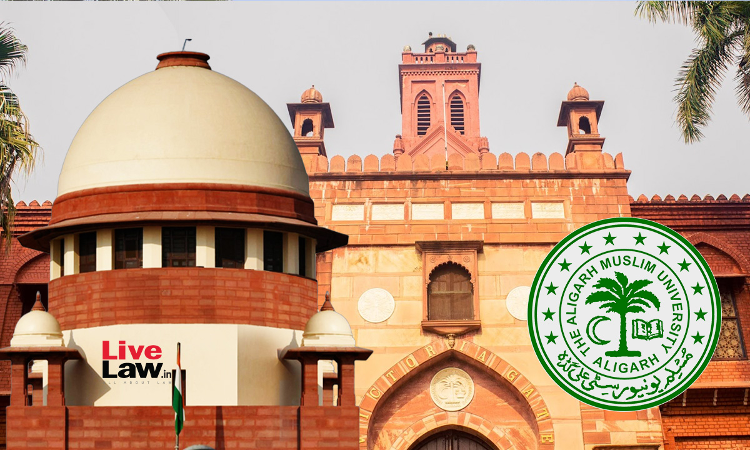A Constitution Bench of the Supreme Court has reserved judgment on the case concerning the minority status of the Aligarh Muslim University (AMU).Being recognised constitutionally as an “Institution of National Importance” under Entry 63 of List I, AMU is the only one of the two educational institutions (the other being Benaras Hindu University) which has been bestowed this title. Founded...

